
Climate Change is above all a Change in the Water cycle.
The increase in temperature will increase the water needs in a world with more and more population. According to the IPCC, some regions of the planet will see an increase in rainfall, while in others a strengthening of droughts should be expected.
The variability of rainfall, which has increased in recent years, will increase the risks of both droughts and floods.
Studying the possible impact of climate change and taking appropriate adaptation measures, as well as planning water management according to future climate conditions, should be a priority for all public institutions and large companies related to the distribution and water supply. There are already tools to analyze these risks.
The General Circulation Models (GCMs) estimate the energy, mass and momentum flows between the Earth’s surface and the atmosphere, considering several scenarios of greenhouse gas emissions and other data such as the use of the earth, etc. GCM outputs need to be regionalized or “scaled down” for specific applications. There are several GCMs, emission scenarios and regionalization techniques. In ZETA AMALTEA we use the results of the European project ENSEMBLES.
Climate variability can be characterized from “time generators”. At ZETA AMALTEA we use LARS-WG, one of the most internationally recommended.
Combining regionalized climate scenarios with agro-hydrological models, we can estimate the effect of a specific scenario, or of climatic variability, on the water cycle in a given region.
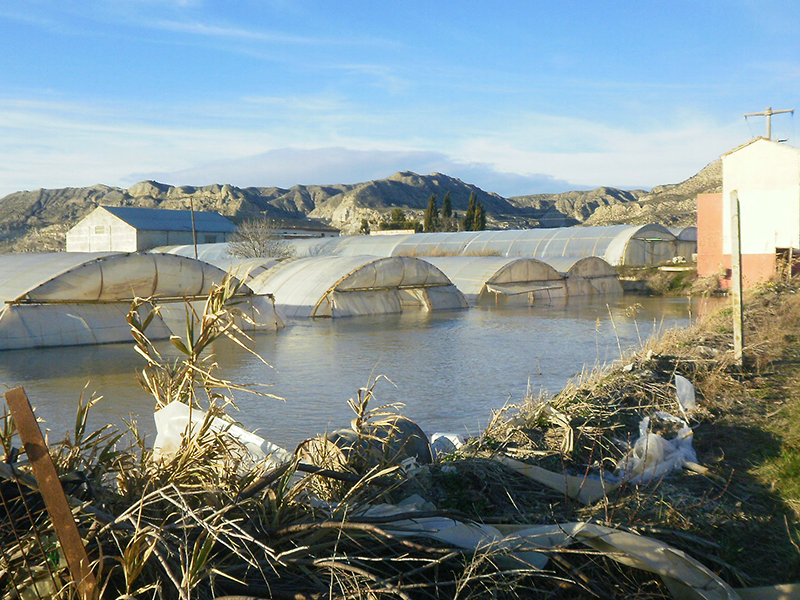
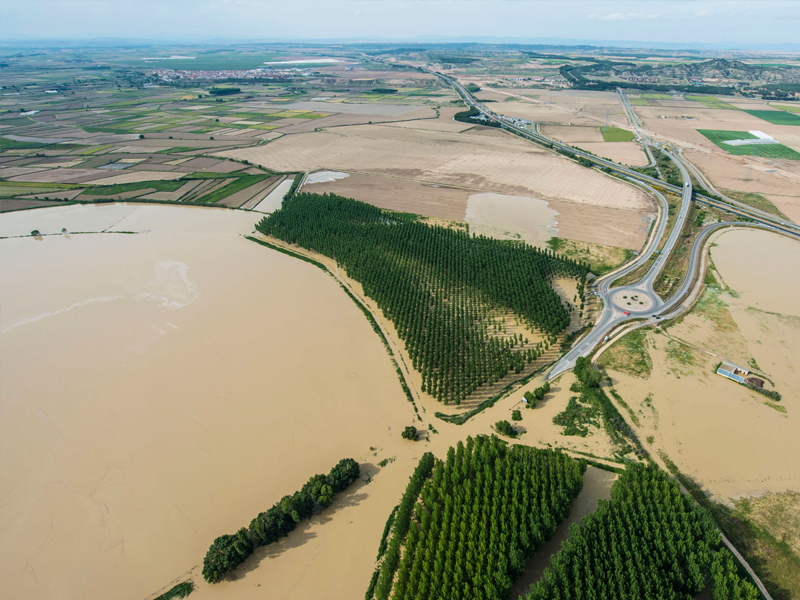
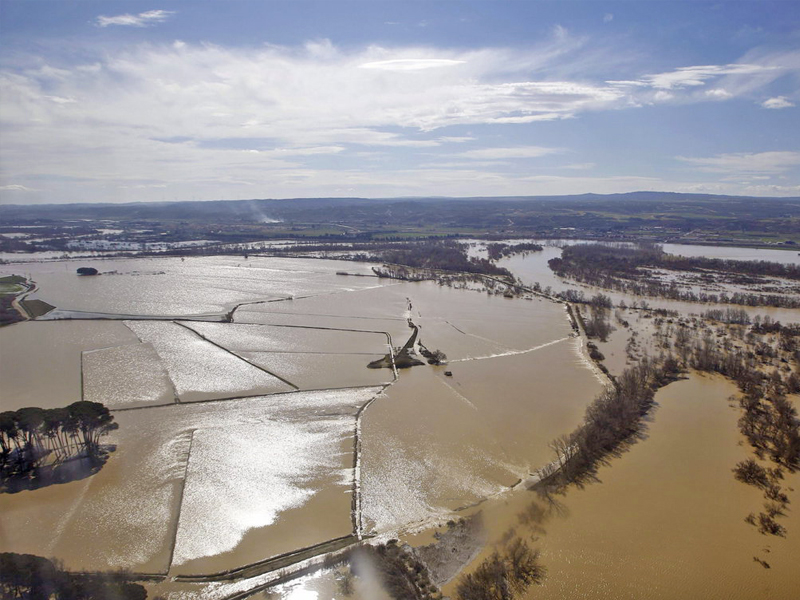

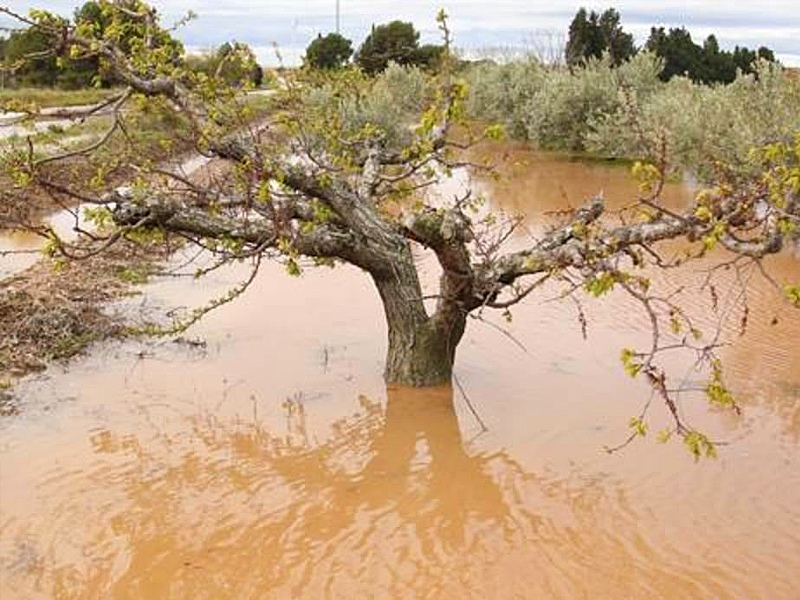
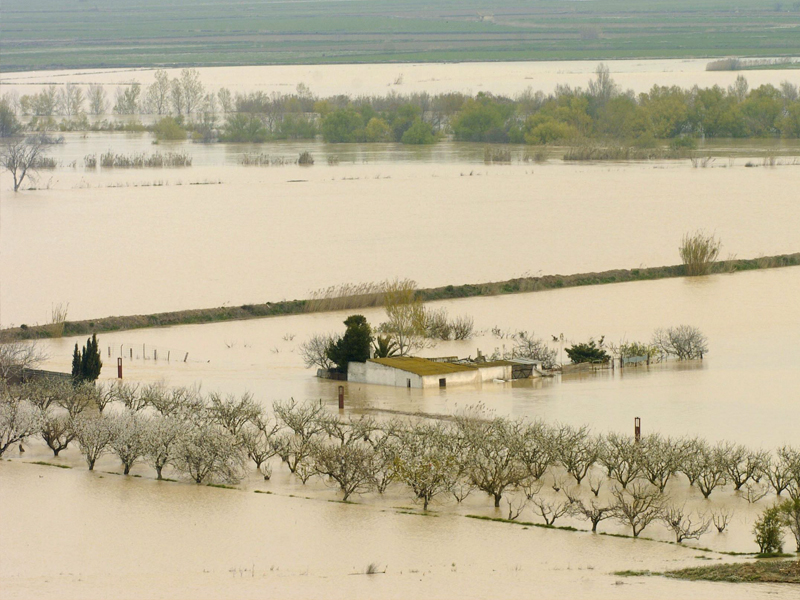
In ZETA AMALTEA we carry out the study of the total climate impact, from the characterization of the hydraulic properties to the hydrological simulations considering the climatic scenarios and their variability.
At ZETA AMALTEA we combine top-down and bottom-up approaches in climate impact studies. The bottom-up approach is based on climate scenarios and simulation models, but this approach is not enough to increase local resilience in the face of climate risks, or propose effective adaptation measures in terms of water resources management.
For the bottom-up impact study we use tools such as the Water Footprint to estimate the total volume of water required for a given product or service, regulated by ISO 14046. We also take into account the procedures of the “Life Cycle” and the global tool recommended by WBCSD. The methodology used in a bottom-up study in question depends on the type of client and the objectives of the study.
Combining top-down and bottom-up studies is the only way to recognize specific vulnerabilities in terms of water resources in a region or company in question. We offer recommendations on how to face risks, increasing resilience to them.

